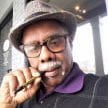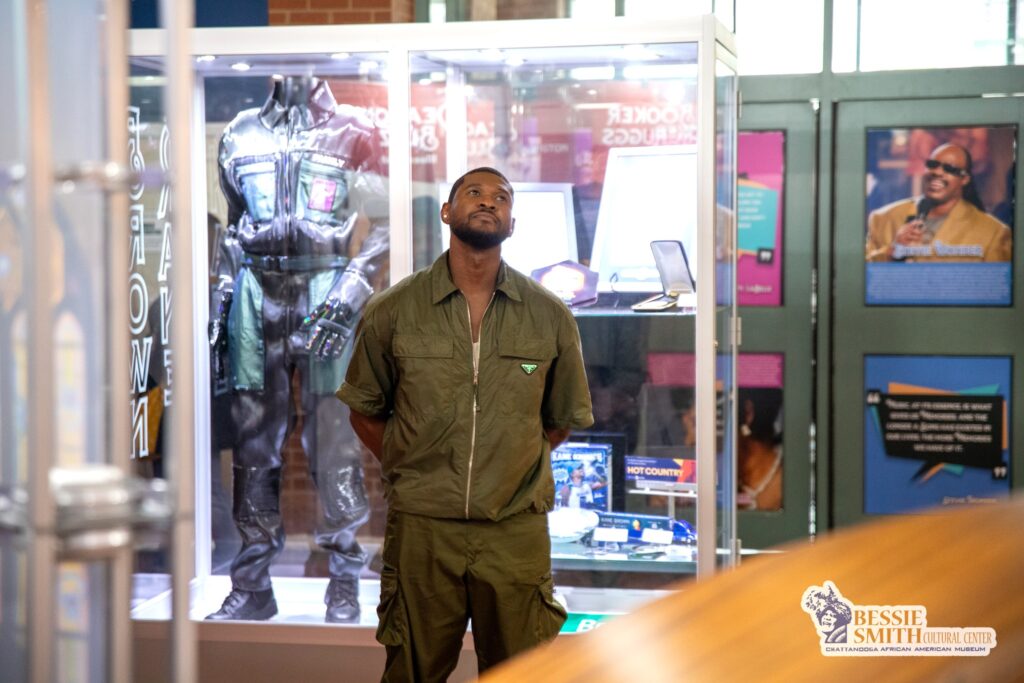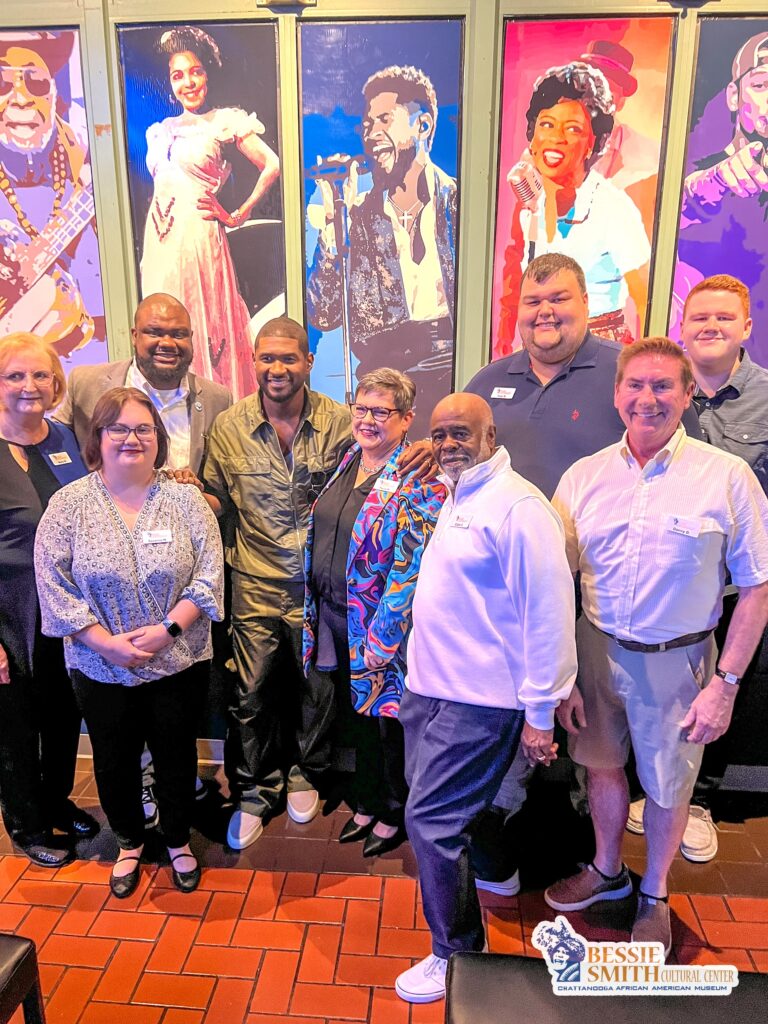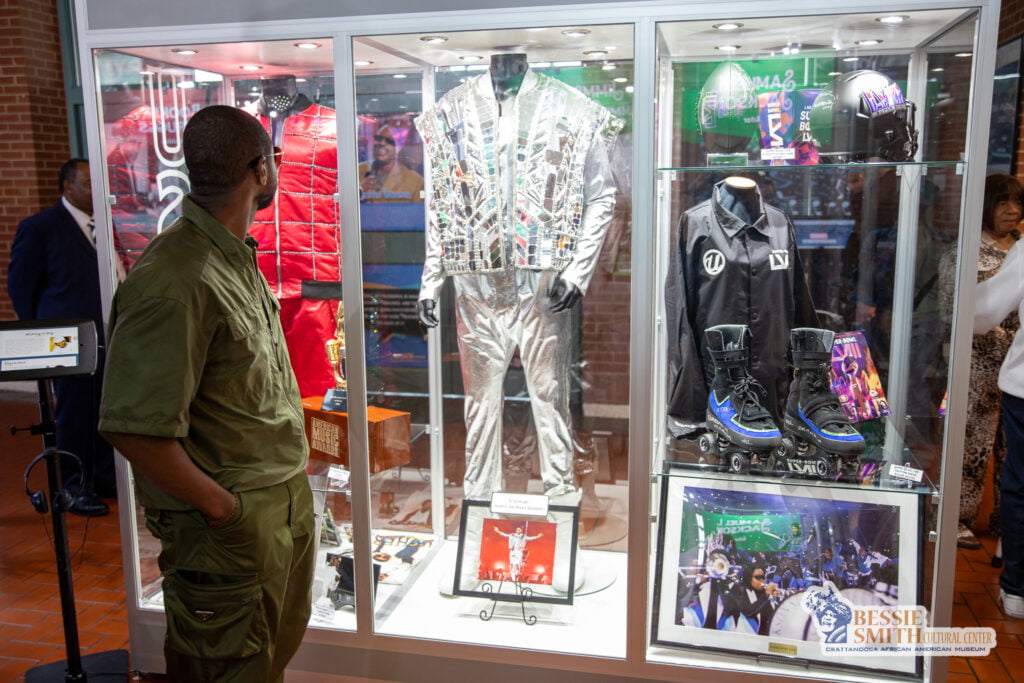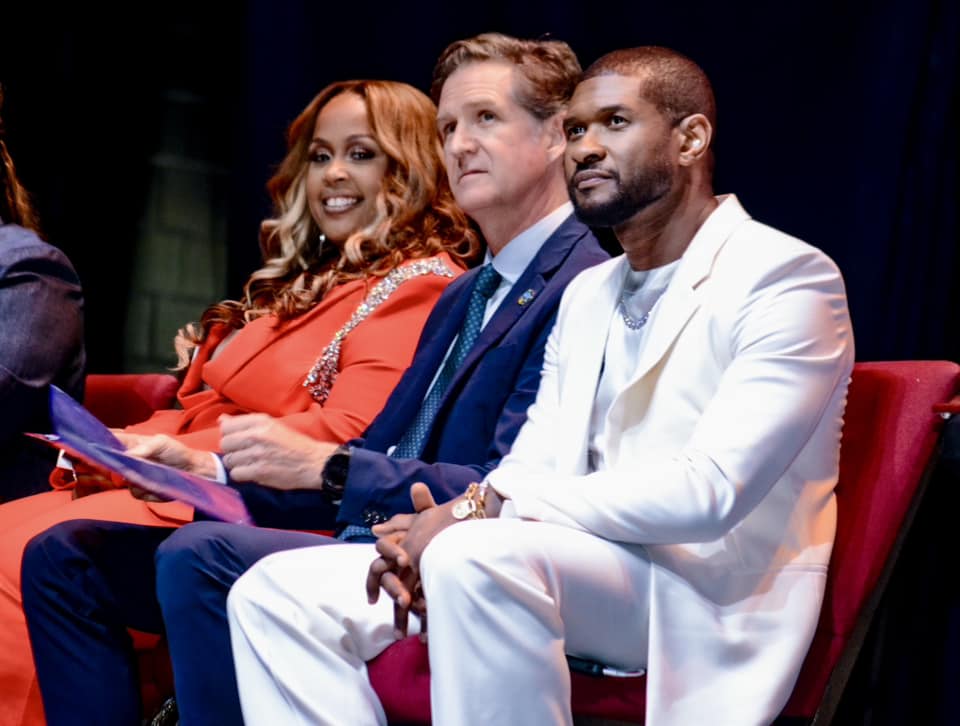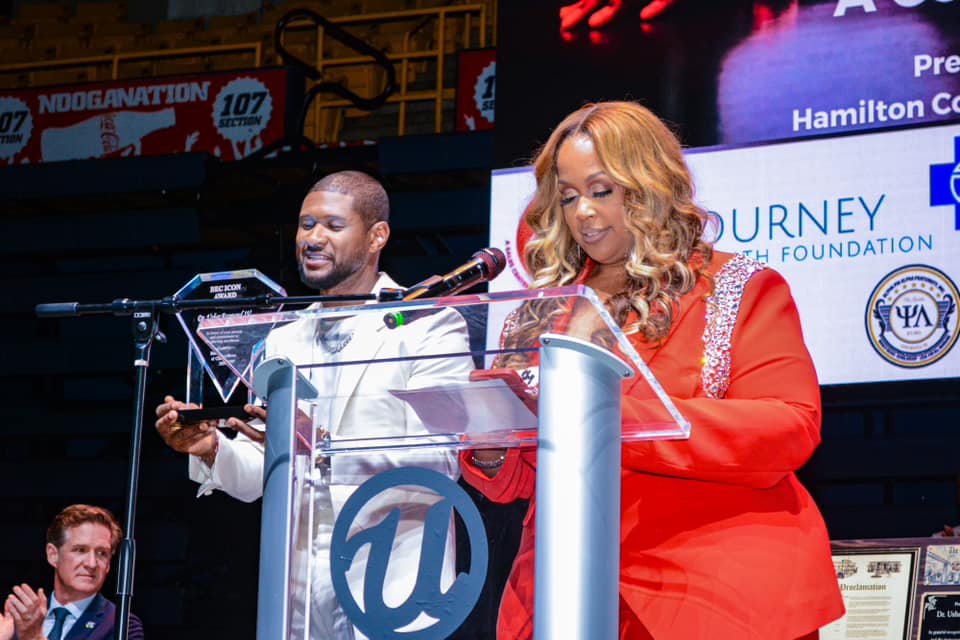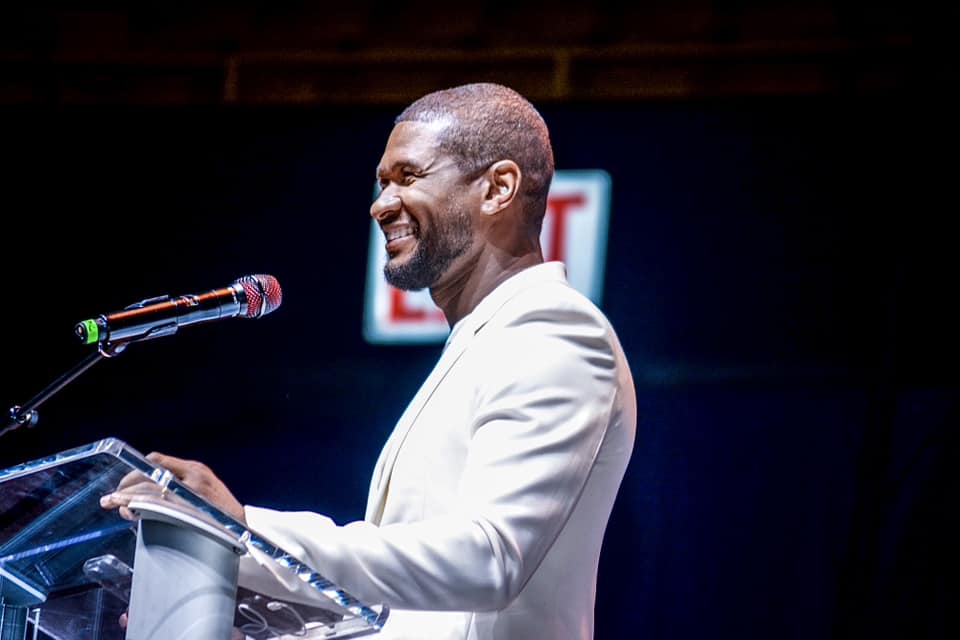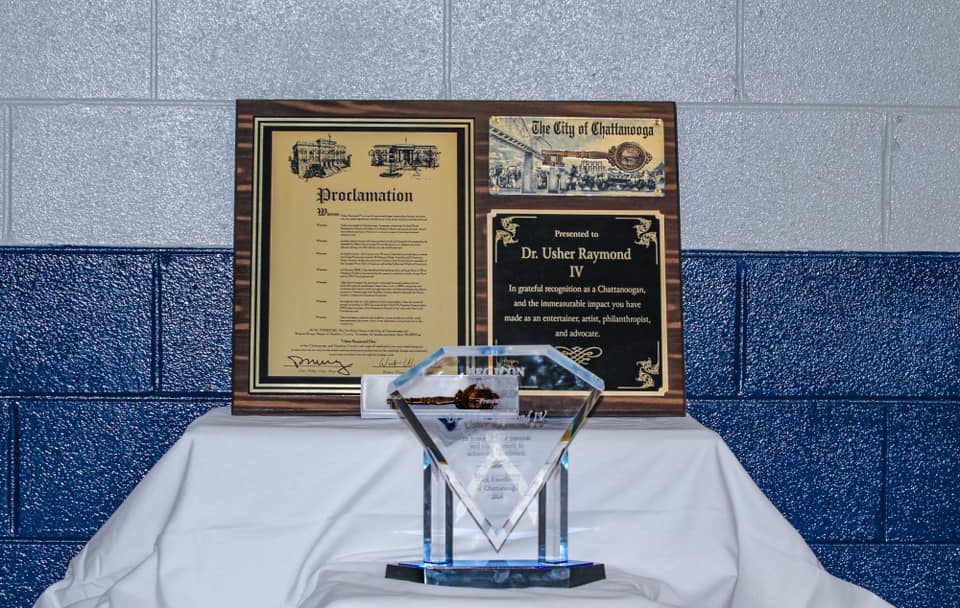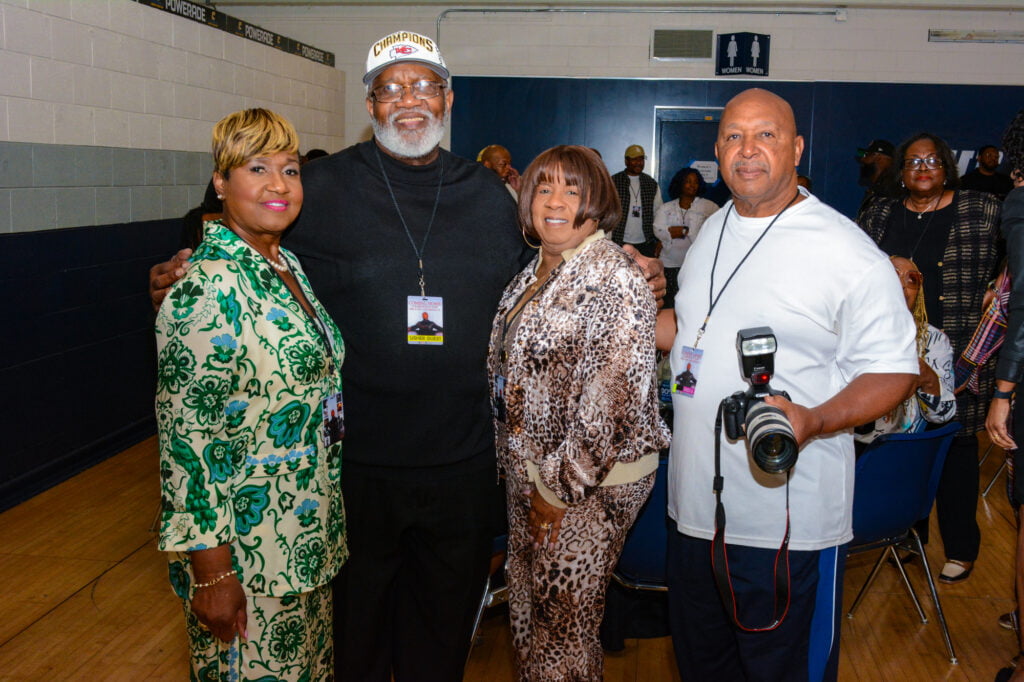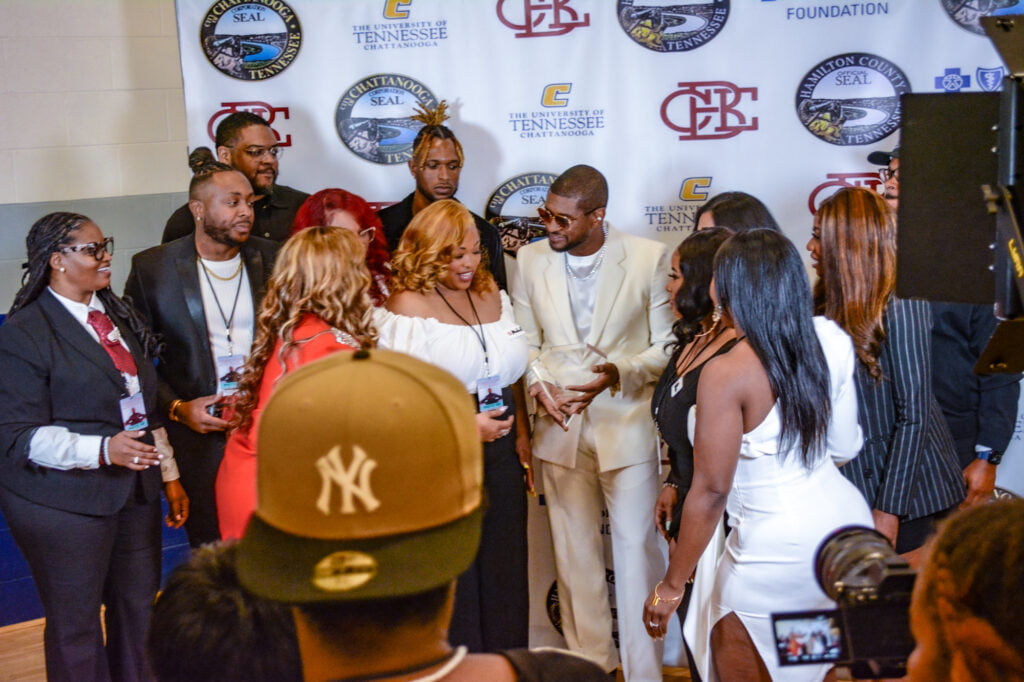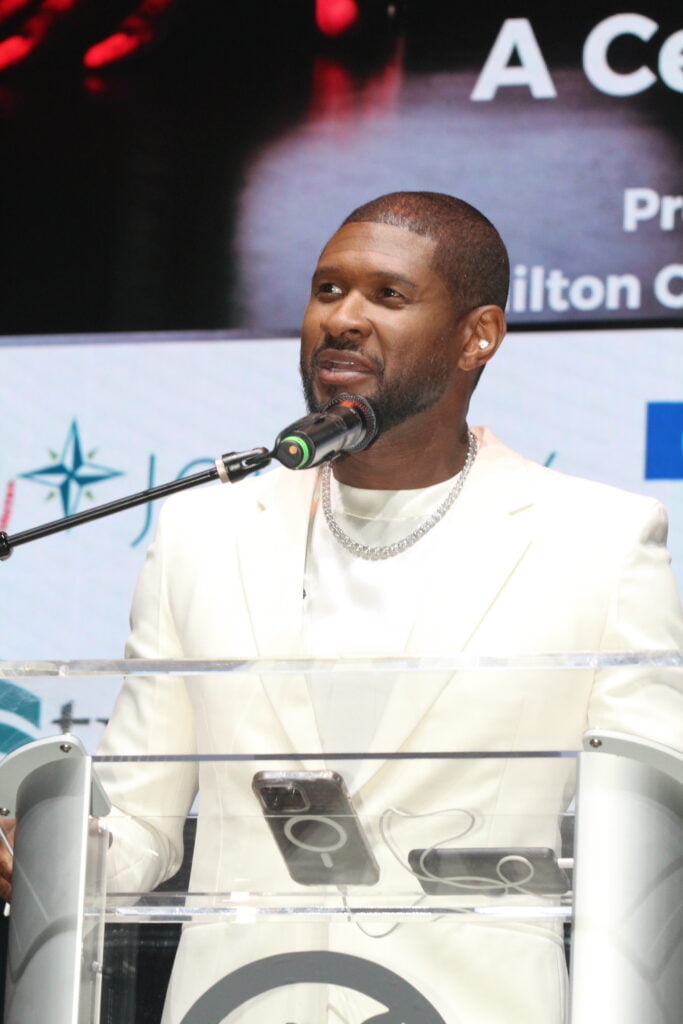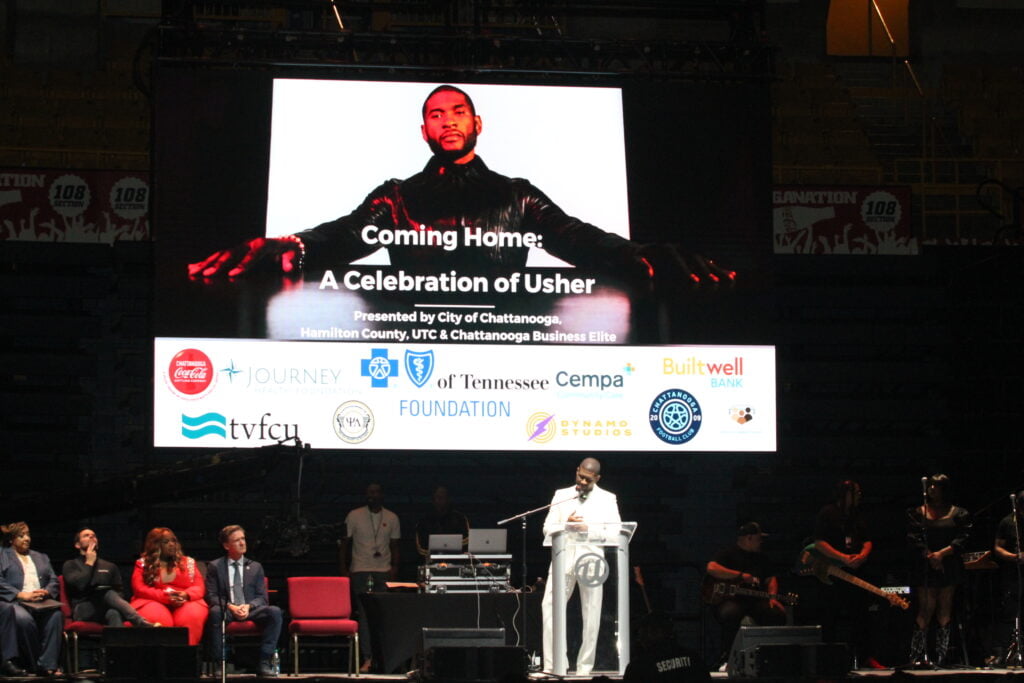That’s it, no mas. I’m done talking, reading, or writing about O. J. Simpson! This time I mean it. Really.
Wow, how many times have I muttered that to myself over the years only for some O. J. late breaking news snares my attention. Well, here we go again.
Orenthal James Simpson, aka “O. J.”, died recently and, sadly, his offspring from two marriages are left fatherless.
“It’s complicated. Still.” Those three words say it all sayeth USA Today’s columnist Jarrett Bell about the death of O.J. Simpson in his lead to “O’J.’s legacy strikes at the heart of race.” Complicated? An understatement if there ever was one.
Looking back, I’d just gotten off a flight in Virginia and on the way to baggage claim when I found myself among scores of folks glued to real time TV as Simpson’s white Ford Bronco rolled down the Los Angeles freeway in a slow speed police chase in June 1994. It’s hard to believe that that was 30 years and 360 months ago. Let that sink in for a second.
Okay, some will argue that the Bronco chase ranks with other “where were you then” moments in history, up there with assassinations of public figures, the election of the first Black president, the 9-11 terrorist attacks, two space shuttle disasters, the riot on January 6, 2021, and other seminal moments in years and decades before.
Now it comes as no surprise that Simpson’s death dominated the media, hotly debated talk shows and after dinner conversations. With the countless number of “whodunnit” debates, one is left once again that the Simpson legacy is – yes Jarrett Bell – complicated.
So, despite my Simpson fatigue, and after nudges from folks I know, I decided to weigh in on this tragedy with a few random thoughts of my own. I start with this point made by Jerrett Bell:
“When the verdict was announced, the basic reaction from many whites was visible disgust,” wrote Bell. “Simpson’s blood was part of the evidence. He didn’t have an alibi. He had a history of domestic violence during his marriage. Even so, when the verdict came, there was no shortage of cheering Black Americans.”
Undeniably, the reactions by many Black folks had more to do with the pattern of social injustices Black folks experienced, most prominent at that time was the vicious beating of Rodney King by police officers and their acquittal.
But what ticked me off and made me cuss was the absence of images of Black folks equally disgusted by the verdict or, maybe to a far lesser extent, white folks who high fived the verdict as correct. Well, as the saying goes, you never report on the dog that didn’t bark.
Back then and even today, barking about alternative realities that don’t fit the preferred narrative can come with risks. So why bother. It’s called keeping the peace, grinning and bearing it, going along to get along. I get that.
I also get the inner turmoil harbored by Black folks – there were millions of them – who vehemently disagreed with the verdict but did not bark. The threat of ostracism and being tagged “Uncle Tom,” or “sellout,” are powerful enough reasons to keep one’s mouth shut, to excuse oneself for a trip to the restroom, or simply change the subject to today’s beautiful weather.
In all honesty, also what’s not lost is how “The Juice,” as he was called, unlike other great Black athletes at the time who understood their place in history and power of their voices – chief among them Bill Russell, Jim Brown and Mohammed Ali – rebuffed joining them with his jaw-dropping, cockamannie, “I’m not Black, I’m O.J.” – a quote that’s as memorable as Johnnie Cockran’s game changing line, “If the gloves don’t fit, you must acquit.”
Another truth is that while Dr. King led a march across Selma’s Edmund Pettus Bridge, O.J. was pushing the pedal to the medal wearing “ugly ass” (his words) $700 Bruni Magli loafers inside his $300K Bentley while cruising top down across the Golden Gate Bridge enroute to another autograph signing and afternoon of nine holes of golf and locker room braggadocio with his boys.
And not to be forgotten during the “trial of the century” was when defense attorney F. Lee Bailey caught detective Mark Fuhrmann in a blatant lie that he never used the “N-Word.” To hear the riveting word “N**ger” escape from the lips of a white attorney during a trial watched by millions sent chills down the racial spine of America.
So here we are today 30 years later and, for many, dealing with the aftereffects of the grisly murders of Nichole Brown Simpson and Ron Goldman. For yours truly, all it takes is a sight of a Ford Bronco passing me by on the road, the sight of a Hertz car rental counter in an airport, watching a Buffalo Bills football team on a Sunday afternoon, and the specter of Simpson invades my consciousness.
Now to bring this piece to a close – and say all I’m going to say about Simpson – the news of his passing resulted in somewhat of a national “coming out” party of sorts by many Black believers of Simpson’s guilt based on indisputable forensic evidence and less on optics or on speculative theories by know-it-all pundits and so-called “experts.” Finally their voices are being heard.
In the end, although I’m no fan of ultraconservative columnist Larry Elder by any stretch of the imagination, I nodded at this one at the end of his latest column:
“What can one say other than this? O. J. Simpson has died. Ron Goldman and Nicole Brown Simpson were unavailable for comment.”
Okay, I’m done!
Terry Howard is an award-winning trainer, writer, and storyteller. He is a contributing writer with the Chattanooga News Chronicle, The American Diversity Report, The Douglas County Sentinel, Blackmarket.com, co-founder of the “26 Tiny Paint Brushes” writers guild, recipient of the 2019 Dr. Martin Luther King, Jr. Leadership Award, and third place winner of the 2022 Georgia Press Award.



